
With SolarWinds Database Performance Analyzer (DPA), you can significantly cut database running costs by optimizing CPU (central processing unit) and memory usage.
SolarWinds Database Performance Analyzer (DPA) provides an extremely robust toolset for monitoring, analyzing, and optimizing database performance across a broad spectrum of database solutions. One of the ways you can use DPA is to help you optimize CPU and memory usage in your database environment. Done right, this can lead to significant cost savings. Here we look at six simple steps to ensure that your database environment is optimized for peak performance and resource efficiency.
Note: All the steps here can be reproduced by downloading a trial version of DPA.
Download DPA Today
1. Monitor Database Performance
Once you have DPA installed and configured to your requirements, use the Performance dashboard to get a comprehensive view of your database performance, including CPU (central processing unit) and memory usage.
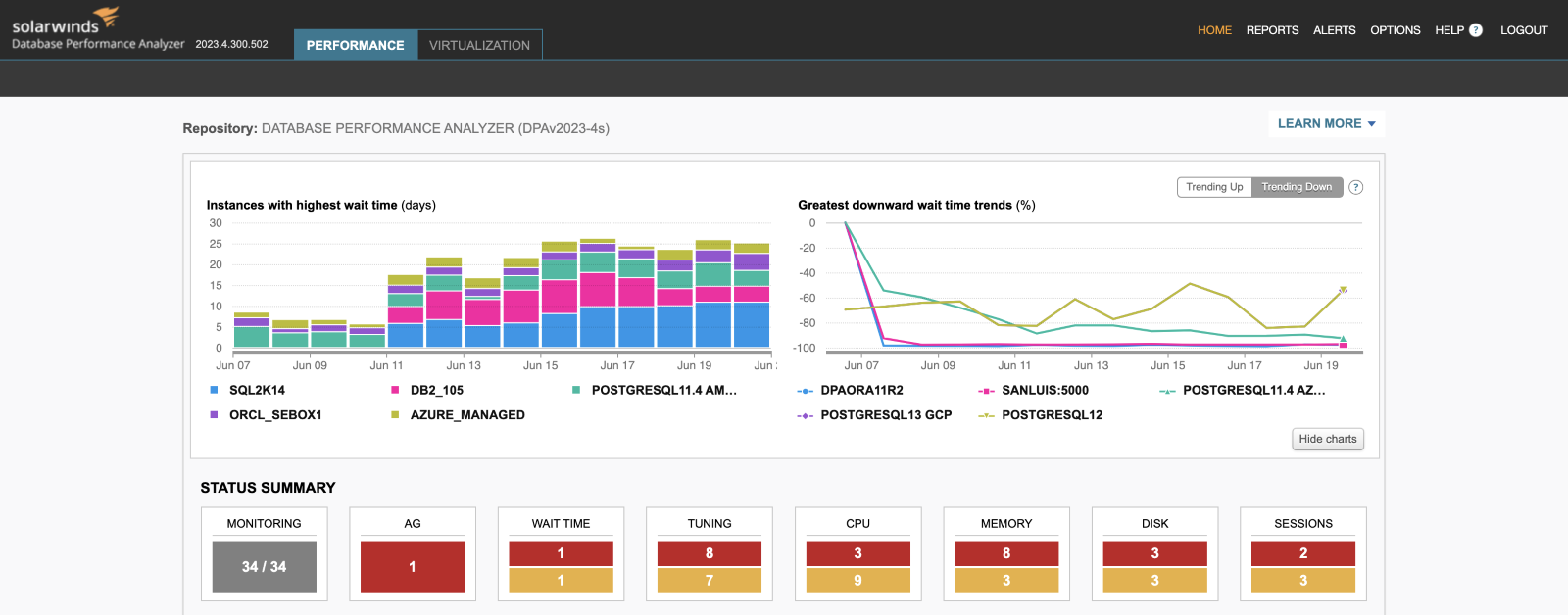
Figure 1 DPA dashboards provide an overview of database performance metrics
2. Identify Performance Bottlenecks
Utilize DPA’s Wait Time Analysis feature to pinpoint bottlenecks in your database. This method helps identify where the most significant delays are occurring across your date layer.
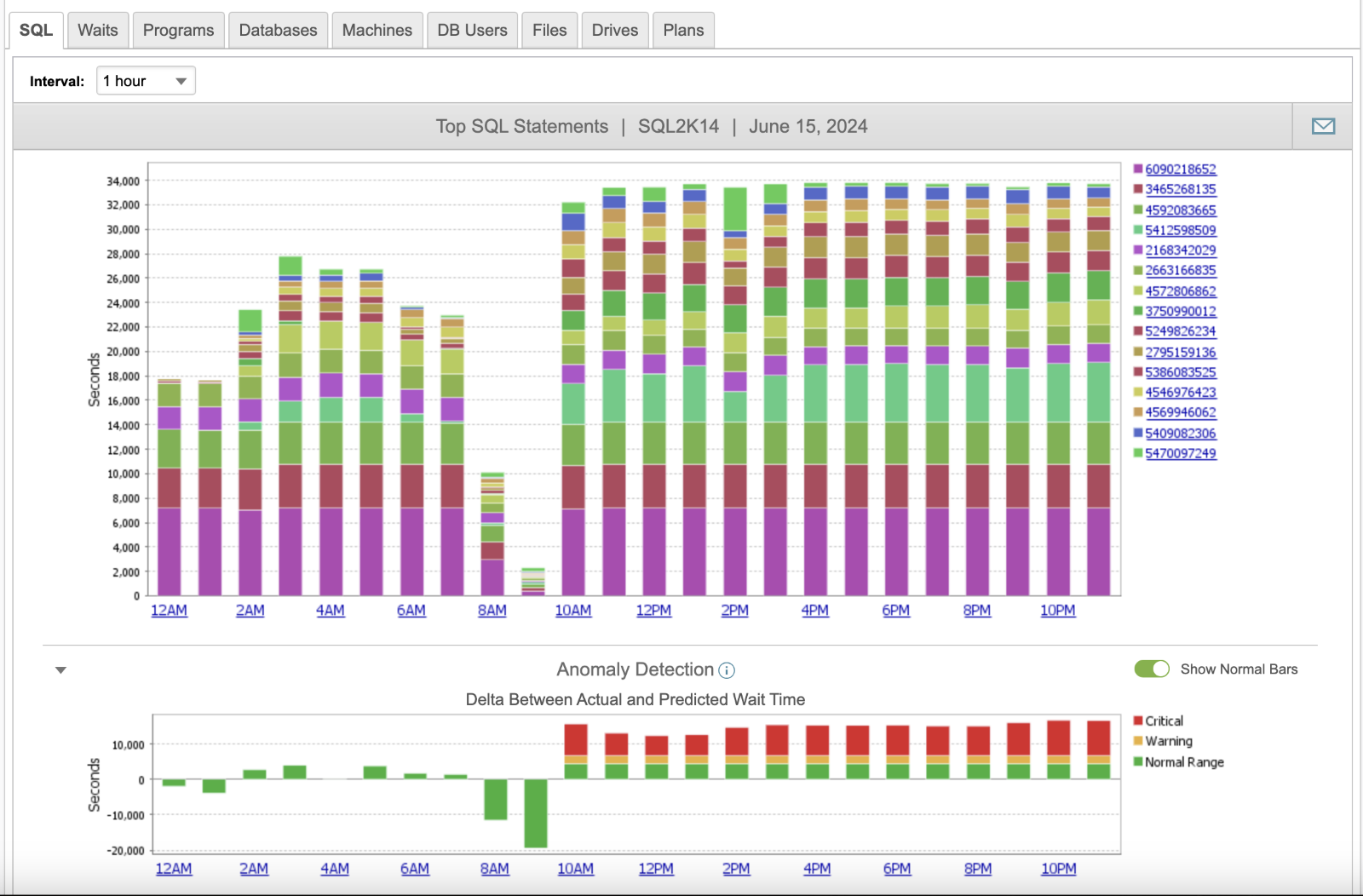
Figure 2 Wait Time Analysis helps in identifying the root causes of performance issues
3. Analyze Query Performance
Drill down into individual queries to analyze specific performance values. Focus on the most resource-intensive SQL statements.
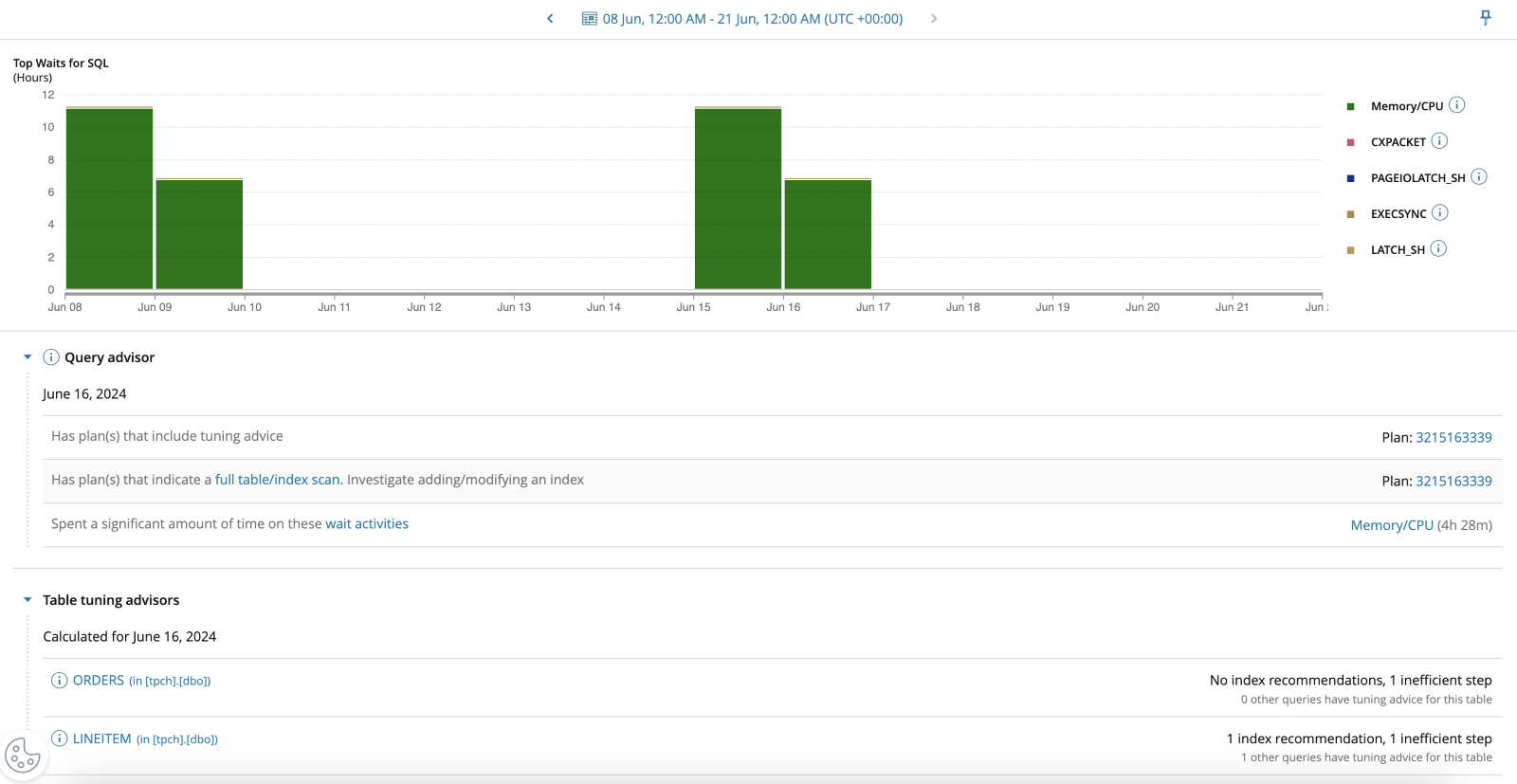
Figure 3 Detailed query performance analysis helps in understanding query inefficiencies
4. Optimize Queries
Based on the analysis, take the following steps to optimize queries:
- Index optimization: Create or modify indexes to improve query performance.
- Query tuning: Rewrite inefficient queries based on DPA’s recommendations.
- Execution plan review: Ensure that changes lead to optimal execution plans.
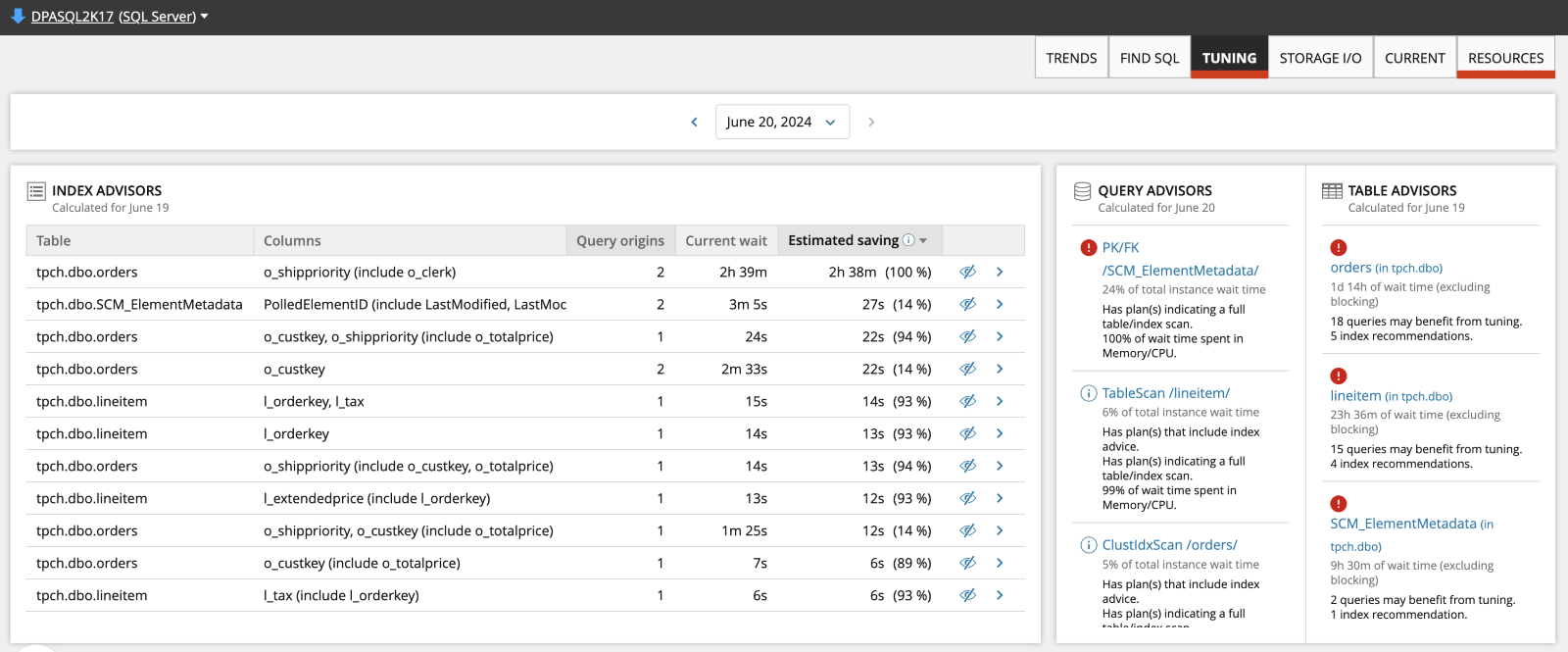
Figure 4 DPA provides recommendations for index optimization to enhance query performance.
5. Monitor Resource Utilization
Track trends in CPU and memory usage over time to identify patterns and potential issues:
- Metrics: Analyze resource utilization metrics to understand CPU, memory, and Disk IO to identify instances that are underutilized. For example, if a database instance is running on a high-performance instance but is only using a small fraction of its resources, it may be a candidate for downsizing.
- Monitoring: Regularly monitor CPU/memory use for your databases to identify instances that are underutilized. For example, if the average CPU utilization is less than 30% over the last 3 months, it may indicate that the database is underutilized.
- Strategy: Implement strategies to downsize underutilized databases to reduce costs. For example, you can resize a database instance to a lower configuration or switch to a more cost-effective database service.
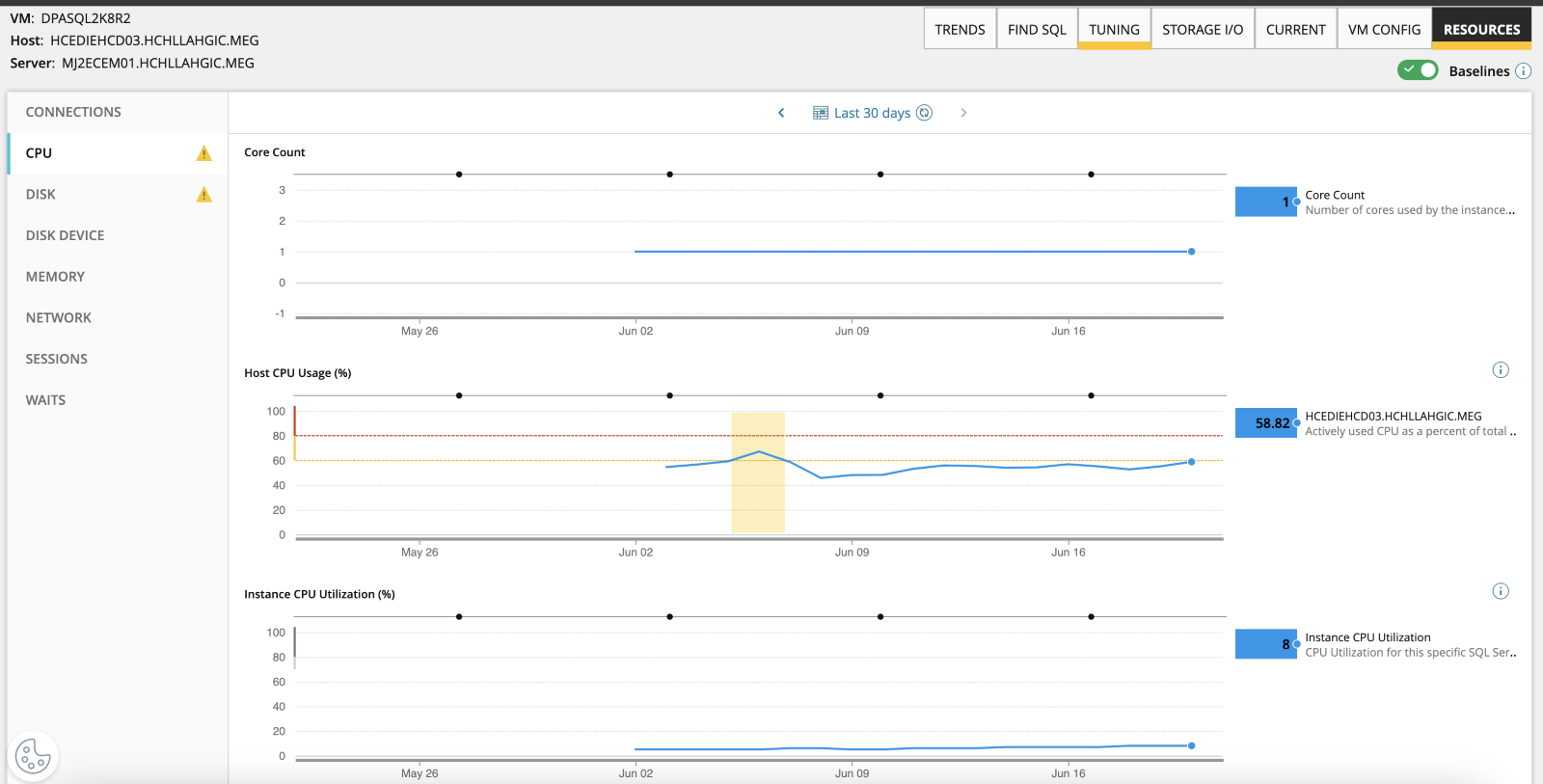
Figure 5 Monitoring resource utilization trends helps in proactively managing performance
6. Implement Changes and Review
Apply the necessary changes to your database environment and continuously review the impact. Use DPA to monitor the results and make further adjustments as needed. By following these steps, you can effectively use SolarWinds DPA to reduce CPU and memory costs, leading to a more efficient and cost-effective database environment. Regular monitoring, detailed analysis, and proactive optimization are key to maintaining high performance and efficiency.
For more detailed guidance, refer to the SolarWinds DPA Documentation.
Resources